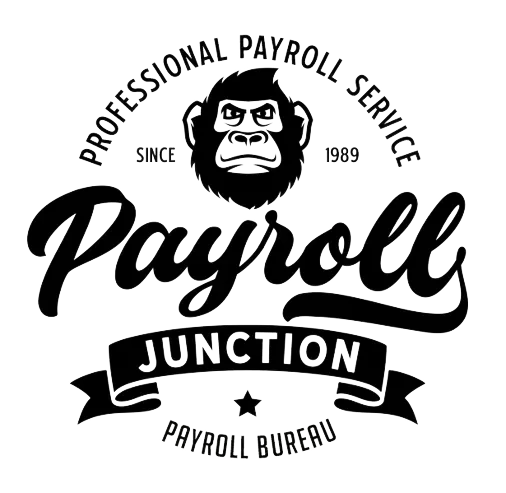Receiving a payslip is great, because it means money is on its way into your bank account! However, beyond looking at the total amount they’ve received, many people don’t know what the other terms and figures on their payslip mean. Payroll Junction is here to help with our guide to understanding your payslip!
Words and phrases on your payslip
Gross Pay: This is the total amount that you have earned before deductions have been applied. It may include earnings for overtime, bonuses, shift work, and holiday pay, etc.
Basic Pay / Basic Salary: This is the rate agreed between you and your employer as your set pay, without any bonuses or overtime. For monthly paid staff, it is usually 1/12th of your annual salary.
Net pay / Net: The term for the amount of salary actually paid after the deduction of tax, national insurance and any other deductions.
PAYE: This stands for Pay As You Earn, it is the system by which you pay both your income tax and national insurance (NI). Every time you’re paid, your employer takes your tax and NI from your wages and sends it on to HMRC.
Codes and numbers on your payslip
Employee number / EE No. / EE Ref / Payroll Number, etc: This is given to you by your employer and serves as a unique identifier for you while you work there. When you have a payroll query, you may need to quote this number. You won’t keep this number if you move company, and it’s worth noting that not all employers will issue one. Your employee number may change during your employment if you move to another department or go from a temporary to permanent contract.
Employers PAYE Reference / ERN: An ERN is given to every business that registers with HM Revenue and Customs as an employer. You may need this number when applying for tax credits, applying for Student Loans, or a range of other tasks, so your employer will sometimes put it on your payslip. If it’s not on your payslip and you need it, ask your employer.
National Insurance number / NI number / Nat Ins No, etc: This is your personal, unique identifier used by HMRC to track your tax and national insurance contributions. It will often appear on your payslips.
Tax Code: This tells your employer how they should apply tax on your earnings. Your tax code is given to your employer by HMRC and will usually change each financial year. This should appear on every payslip.
Tax Period: This is the period for which the tax was calculated. For monthly pay it refers to the month of the tax year, with April being period 1 and March being period 12. If you are on a weekly payroll it refers to the week of pay, starting with week 1 in April to week 52 (and sometimes week 53!) at the end of March.
Amounts and deductions on your payslip
Employee NI / EE NI: The amount being deducted for your Employee National Insurance contribution.
Employers NI / ERS NI: Employers also pay Employer’s National Insurance contributions on their employees’ earnings and benefits, which may be summarised for reference on your payslip. This is not part of your pay and you don’t pay tax on it, it is just a payment that your employer makes to HMRC as part of their overall workforce costs – but as it is calculated based on the amount that they pay their staff, it is processed via the payroll team and therefore may be displayed on your payslip.
TD or YTD (i.e. TAX TD): This means “To Date” or “Year To Date”. As well as showing earnings and deductions for that specific pay period, your payslip should also show you a combined total for that tax year to date.
Earnings for Tax / Earnings for NI: This is the amount of your earnings that are subject to tax or national insurance deductions. Often, these will be displayed for the pay period and for the year to date.
Payroll Junction is here to support employers and their employees with all matters relating to payroll. Contact us today to find out how outsourcing to us could help you!
